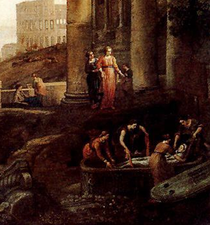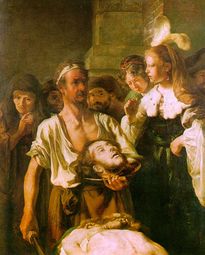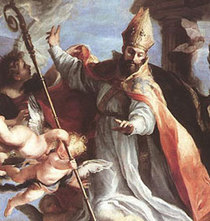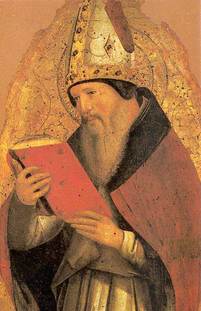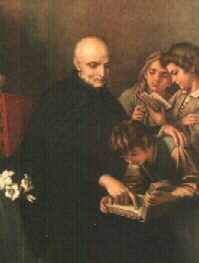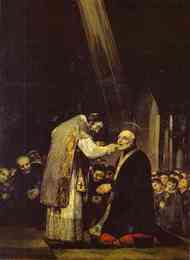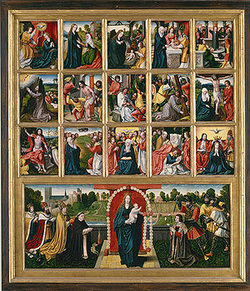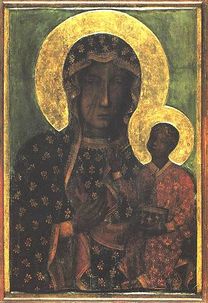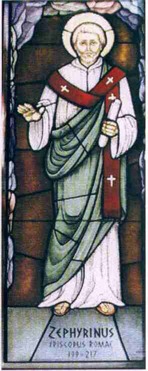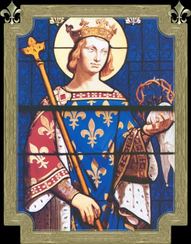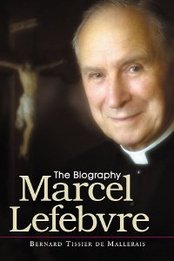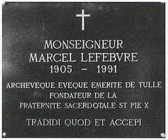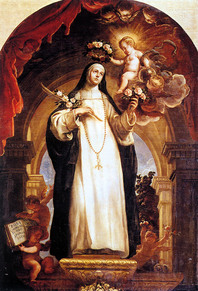
She took the habit of the Third Order of St. Dominic, and then doubled her former severities. She wore a long and very rough hair-cloth, into which she inserted small pins. She wore day and night under her veil a crown, the inner side of which was armed with pricks. In imitation of the hard steps of St. Catherine of Siena, she girded her loins with a threefold iron chain. She made to herself a bed of knotty sticks, and filled the gaps with broken bits of potsherd. She built herself a very small hut in the farthest corner of the garden, where she gave herself up to thoughts of heavenly things, and to punishing her body with often scourging, starvation, and sleeplessness. But she waxed strong in spirit, and though she often had to fight with evil ghosts, she conquered them, fearlessly prostrated them, and triumphed over them.
She suffered greatly from painful illnesses, from the maltreatment of the servants, and from slanderous accusations, but still complained that she did not suffer as much as she deserved. For fifteen years she pined in misery from desolation and dryness of spirit, bravely enduring torments worse than any form of death. After this period she began to overflow with consolation, to be enlightened by visions, and to melt with love like a Seraph's. She attained, by the frequency of visions, to a strange personal familiarity with her Guardian Angel, with St. Catherine of Siena, and with the Virgin Mother of God, and she earned from Christ the words, Rose of my Heart, be thou my bride. She was famous for many miracles, both before and after she departed hence, and was happily transplanted into the Bridegroom's garden. Pope Clement X, with solemn pomp inscribed her name in the list of holy maidens.
